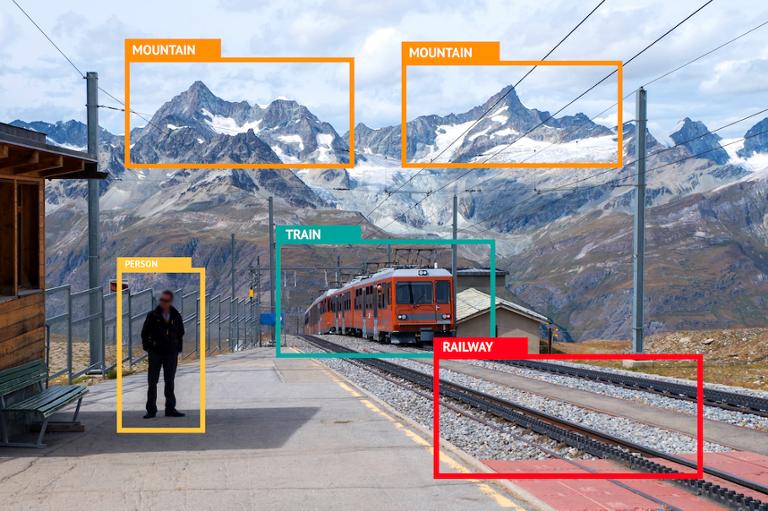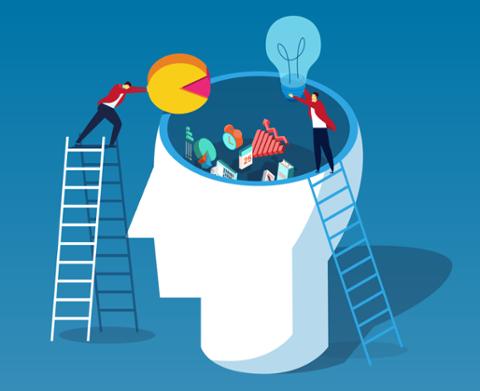Last year, we saw a steady drumbeat of stories examining bias in artificial intelligence (A.I.) and machine learning. It turns out that folks’ preconceptions have a way of creeping into the logic of machines, tainting the results of facial recognition software, recruiting platforms and law enforcement.
Even while they’re building A.I.-powered systems intended to remove human prejudice from one process or another, technologists may unwittingly contribute to the core problem. Developers and software engineers, after all, have biases of their own, however unconscious. “You would have to have zero interactions with other humans to not have experienced bias, with or without A.I.,” said Meg Bear, senior vice president of products for SAP SuccessFactors in South San Francisco, CA.
While many users hear “A.I.” and imagine some kind of ultra-intellectual machine, most of today’s solutions simply perform advanced mathematical analysis, industry observers suggest. By speeding the organization and analysis of data, A.I.-driven technology efficiently performs tasks that would take humans much longer to complete (if they didn’t lose their minds to boredom first).
Coder and Dataset Bias
But executing algorithms isn’t the same thing as making judgements. A.I. solutions only process the information they’re given in the way they’re programmed to process it. And because they’re coded by people, they’re bound to include the biases of the programmers creating them, as well as any datasets used as input.
This can have real ramifications. According to Reuters, Amazon once walked away from developing a machine-learning tool to identify promising tech candidates. The tool relied on a dataset of Amazon’s past hires, the bulk of whom were men; unfortunately, its algorithms used that information to begin preferring men over women. Résumés that included the word “women” were downgraded, as were the graduates of two all-women’s colleges.
Such episodes, together with increasing awareness of bias in general, have pushed tech companies to pay attention to how they’re architecting A.I. and machine learning solutions. Many have begun developing A.I. codes of ethics and working with officials to develop “thoughtful” regulation, said Montra Ellis, senior director of product innovation at Ultimate Software in Weston, FL.
Ellis believes that initiatives such as codes of ethics are good first steps; this early stage of A.I. development “is a crucial time” for the industry to get ahead of the challenges involved when technology displays bias.
Watch Carefully
Broadly speaking, executives think most technologists are aware of these issues. And as it turns out, awareness is one of the most important things that programmers, developers and others can bring to bear in day-to-day efforts to address bias in A.I.
That “awareness” involves recognizing a challenge that’s about nuts and bolts as much as wider corporate, business or societal concerns. Because the algorithms used in machine learning are almost sure to reflect the subconscious biases of those doing the coding, “the challenge is that we don’t recognize our own biases or when specific subsets of data are biased,” Bear said. “So even though there’s a lot of discussion around bias in A.I., tech professionals are not necessarily aware when that bias is added.”
Because people can’t see what they’re not looking for, the solution for tech pros is to double down on awareness. “Bias in machine learning and A.I. will never be eliminated, since bias in humans will always exist,” Bear added. However, it can be mitigated when a project’s team members actively look out for warning signs and “make sure that the technology is serving its intended purpose.”
For example, bias emerges when machine learning applications recognize “unintended patterns,” such as Amazon’s screening tool linking gender to technical qualifications. Technologists should be on the lookout for such instances by developing and following specific methodologies based on a core set of ethical guidelines, Bear said.
Ellis agrees with that idea. “Programmers and developers should be having conversations with their managers and their teams about potential blind spots early and often in the development process,” she said. “Being intentional from the start about what’s being fed into your system is often far more critical to your future success than any clever work on algorithms afterward.”
What Goes In…
In addition, pay attention to the data used to train a system, Ellis said. The old saying “garbage in, garbage out” may sound corny—but it applies. Project teams should pay special attention to the data they’re feeding into their machines. Since A.I. can amplify the biases found in most of today’s data, organizations must make sure to rigorously train, test and correct their systems from the time their purpose is defined until they’re released.
“Ultimately, the best-performing A.I. systems must be trained on vast and diverse inputs,” Ellis said. That will “ensure the machine represents all the voices you’ll expect it to understand in the future.”
The emphasis on data quality will only increase, Bear believes. “As A.I. becomes more pervasive in applications, there will also be a lot more emphasis on the validity of the data introduced to drive these decisions,” she said. “We’re already seeing this today as people start to question the efficacy of historical and social data.”



